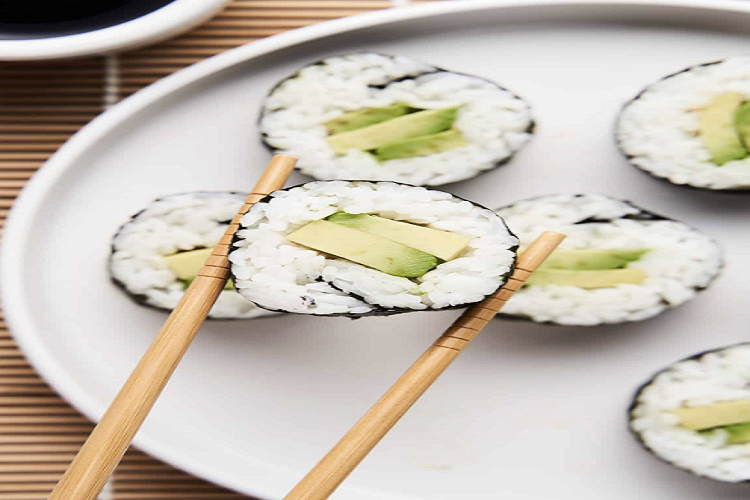The Whole Definitive Guide to Sushi
Sushi has been around for a long time, and the fascinating thing about it is that it is always changing. Although sushi has been around since the second century, its origins may be traced back to ancient China, where it was created for food preservation. To preserve the fish for a longer time, it was buried under a layer of rice to get time to ferment. The rice was dumped, and the fish was saved for later consumption.
Because seafood has always been a mainstay in Japan, the technique quickly moved from China to Japan in the seventh century. The Japanese made a little adjustment by including rice in their meal. The addition of seasoning to rice in the 17th century transformed it from a savior food to a popular meal. The origins of modern sushi can be traced back to Matsumoto Yoshiichi of Edo (now Tokyo), who invented instant sushi.
Table of Contents
A worldwide occurrence
There was a surge in sushi bars serving the Japanese business community in the United States beginning in the late 1970s. It was often regarded as a “Japanese twist on fast food,” While it was great for a quick lunch, it rapidly became a sensation for those unaccustomed to the notion.
Americans’ curiosity had undoubtedly been piqued by sushi, but many remained wary of the raw fish dish. Edo-style sushi became increasingly popular in the West, and as more people from outside of Japan began eating it, it began to take on elements of Western culture.
Tips for enjoying sushi
Don’t dunk it
Picking up a piece of sushi and immediately submerging it in a bowl of soy sauce is a common faux pas. The soy flavor subsequently becomes completely absorbed by the rice. The purpose of the soy sauce is to enhance the taste of the sushi vinegar, not to cover it up. It’s best not to submerge the sushi but to tilt it toward the soy and devour it in one mouthful.
Isolate wasabi and do not mix it
Westerners often dilute the potency of their soy dishes by adding wasabi, but this is a mistake. Dip your sushi only a little in the soy sauce so that the wasabi and the other flavors can blend in your mouth.
Keep an eye on the sequence
If you find yourself in front of an extravagant sushi plate, it’s best to avoid grabbing the first roll that catches your eye. Instead, sashimi and other milder fish should be eaten first, followed by stronger flavors like salmon and kingfish. To top it all off, try some delicious tuna. And remember to savor the pickled ginger in between bites!
Eat using chopsticks.
You need to put in the effort to overcome your discomfort to improve. It’s customary, after all!
Relish the moment
You shouldn’t try to make modern sushi at home or order it to go. If you want a memorable sushi experience, you must first go to a high-quality Japanese restaurant that follows the guidelines mentioned above. Get the most out of your sushi experience at Sushi St Petersburg.

